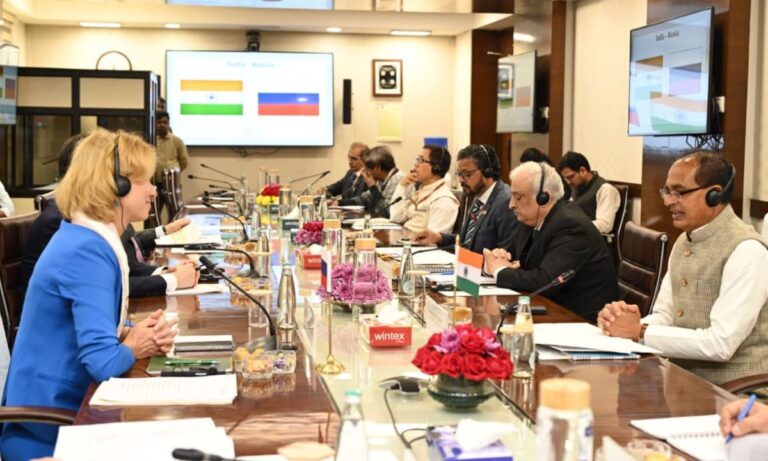
Ukraine Flood Disaster: UN Provides Aid to Flood-Affected Areas in Ukraine (Photo Source: UN)
In response to the devastating floods in Ukraine, the United Nations (UN) has delivered essential aid to the affected areas, providing much-needed relief to the affected population. The flooding occurred when the Kakhovka dam suffered a massive breach, leading to blame games between Ukraine and Russia.
Brown, the Resident and Humanitarian Coordinator, spoke to journalists from Bilozerka, a town on the Dnipro River, situated about 20 kilometers west of Kherson and five kilometers from the frontline. She emphasized that the flooding caught people by surprise, occurring in the middle of the night on Tuesday. Despite facing daily shelling and the destruction caused by the floodwaters, the affected population remained resilient.

The UN brought in a five-truck convoy on Friday, delivering desperately needed drinking water, food, and equipment for repairing damaged homes. However, the full impact of the flooding is still hard to assess, as the waters have not receded in many areas. Brown highlighted the importance of satellite imagery in evaluating the situation accurately.
According to Brown, an estimated 17,000 people have been affected by the flooding so far. However, this number could rise to 40,000 as the situation evolves, according to UNHCR spokesperson Shabia Mantoo. Brown addressed the earlier criticism from Ukrainian President Volodymyr Zelenskyy regarding the UN’s relief effort. She stated that UNICEF and the World Food Programme had been providing supplies since the beginning, and UNHCR and IOM were also present on the ground.
Brown acknowledged the challenging and rapidly changing circumstances. She mentioned that the UN agencies may have been less visible to the authorities as they utilized commercial transporters to deliver relief. Furthermore, she emphasized her ongoing collaboration with Ukrainian authorities and their shared commitment to addressing the crisis effectively.
The UN expressed extreme concern about civilians in areas under Russian military control, highlighting the lack of access to those regions. The UN rights office (OHCHR) reiterated the urgent need for access and called for an independent investigation into the destruction of the Kakhovka dam.
The stagnant floodwaters pose a significant health risk, with concerns of cholera and diarrhoea outbreaks. UNHCR warned that the floodwaters were mixing with sewage, heavy oil, and pesticides, further exacerbating the health hazards. The World Health Organization (WHO) also raised concerns about the impact on sanitation systems and public health services. WHO teams are conducting health needs assessments and providing additional supplies to strengthen access to healthcare services.

In addition to these challenges, the floodwaters have carried landmines downstream. To address this issue, a UN Mine Action Service (UNMAS) mine expert has been deployed to assess the risks. Brown discussed the risks posed by unexploded ordnance with Ukraine’s First Deputy Prime Minister Yulia Svyrydenko, urging close collaboration to communicate the dangers to the population.
While the immediate impact of the dam’s destruction is devastating, Brown expressed concerns about the long-term effects. The destruction of homes, farmland, and livestock, as well as the disruption of water and energy supplies, poses serious challenges. Environmental contamination also remains a significant risk.
To plan for the long-term recovery and address the future consequences of the disaster, the UN team met with representatives from the Ukrainian Government, the European Union, and the Kyiv School of Economics. They reviewed available satellite imagery and continued conducting a comprehensive needs assessment.
The UN’s efforts to provide aid and support to the flood-affected areas in Ukraine demonstrate their commitment to assisting those in need during this challenging time. The organization remains focused on addressing immediate needs, facilitating recovery, and collaborating with relevant stakeholders to ensure a coordinated and effective response.






